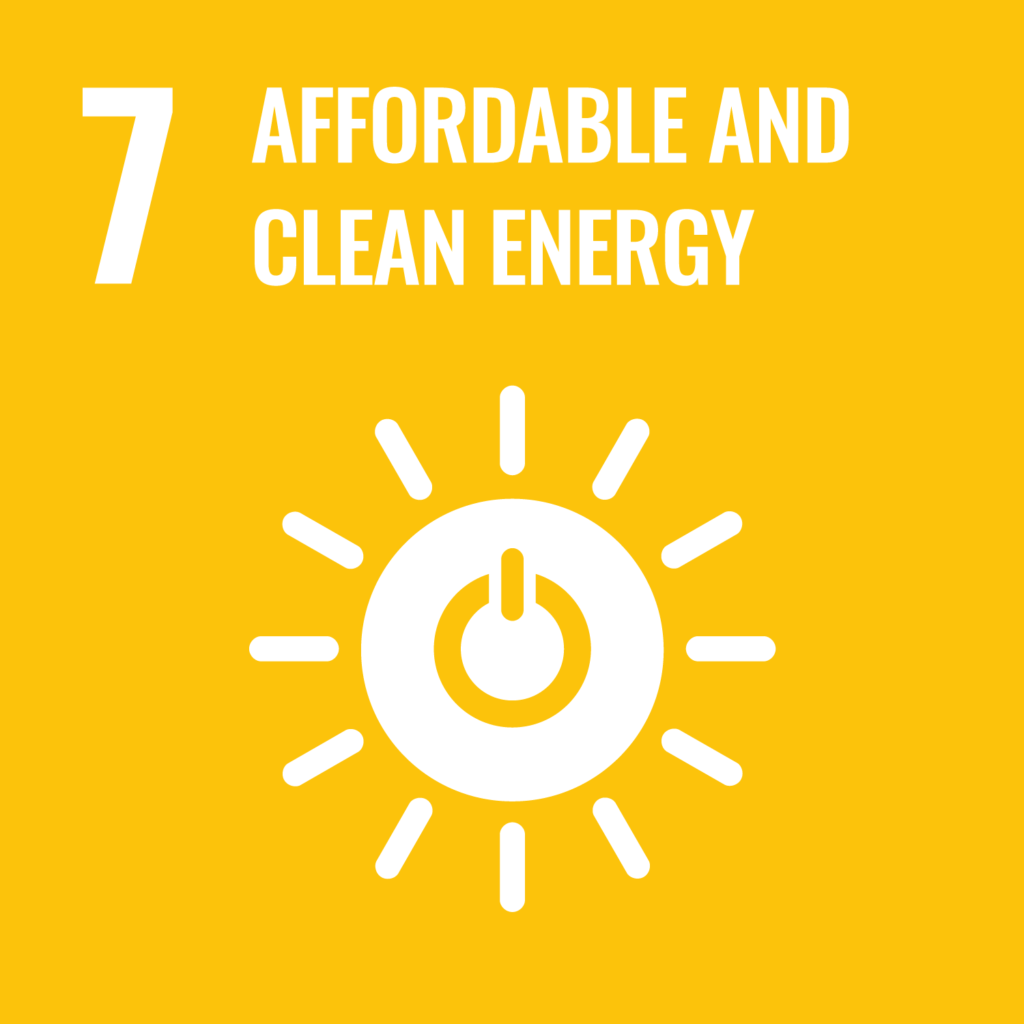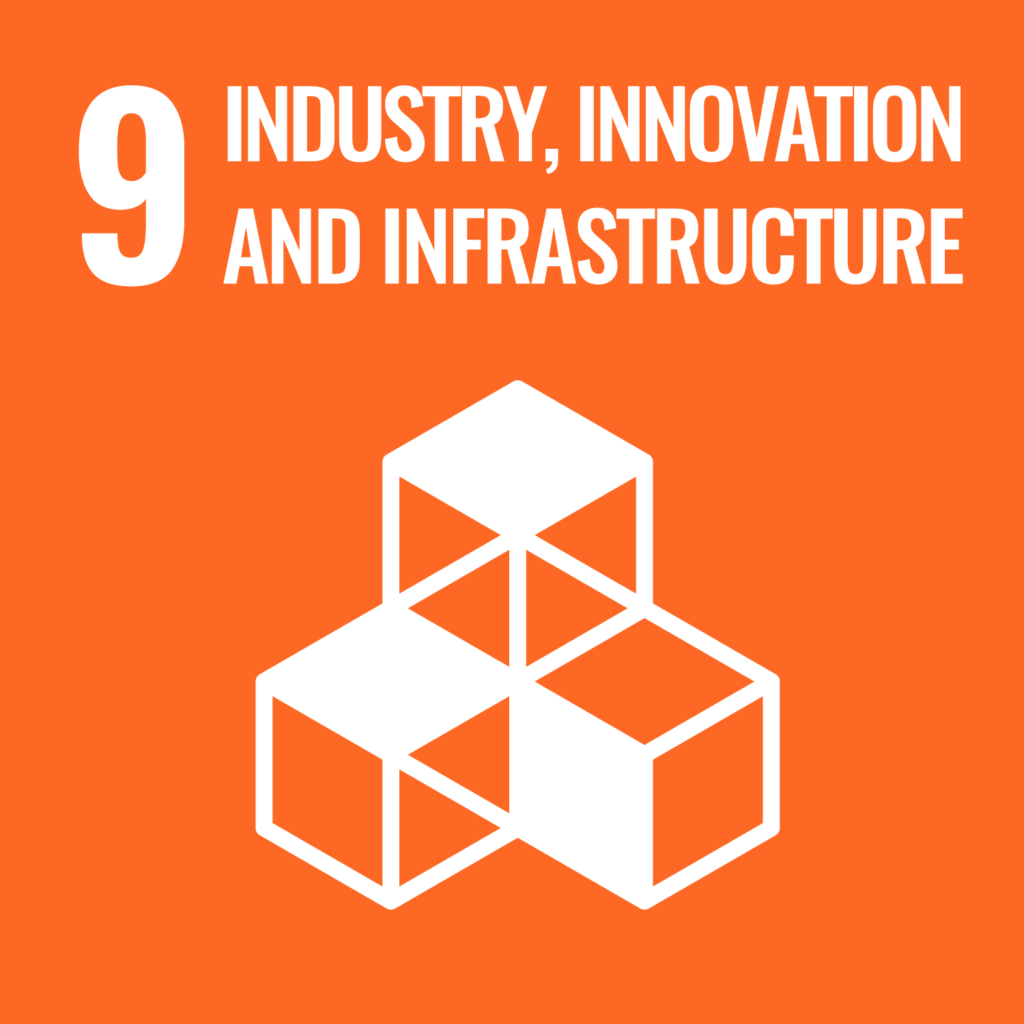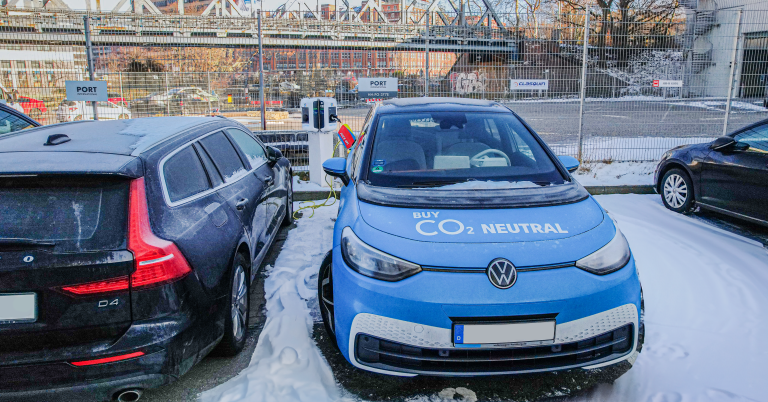How does the new server contribute to energy efficiency?
Compared to the classic server, the new hyperconvergent server combines many individual components, such as the storage systems, processors, and network components, on a unified hardware.[1]
This simplifies the management of the devices and saves storage space. Another advantage of the HCI server is the lower energy consumption (power): While the old server has a connected load of 2,000 watts, the connected load of an HCI server is only about 500 watts. In addition, we gain speed with the hyperconverged server, increasing in turn the performance, flexibility, and efficiency of our company.
Cooling the server
Anyone who has ever put a hand on a laptop knows: it can heat up quite a bit. This is because traditional servers consume more energy due to the large number of separated components and technologies. This high energy consumption means that additional cooling is required, which in turn consumes even more energy.[2]
As mentioned before, our new server combines various components that are much more energy-efficient due to the component integration. As a result, less electricity is required for its operation and less energy is needed for cooling – a double energy-saving effect. To save additional energy, we also changed the temperature setting of our server room. Previously, we had a room temperature of 17 degrees Celsius, now it is 21 degrees Celsius. For each increasing degree, the energy consumption shows an exponential downward development. Our measurements after one year of application will show in detail the amount of energy we were able to save with the new server.
Conclusion
Our new server consumes less energy despite peak performance. By switching to the hyperconvergent server architecture, we can contribute our share to the sustainability goals of the Agenda 2030. We are committed to a high-quality and sustainable infrastructure in our company and at the same time promote digitalization by using modern and reliable energy sources.
With our project we support the following SDG´s:














